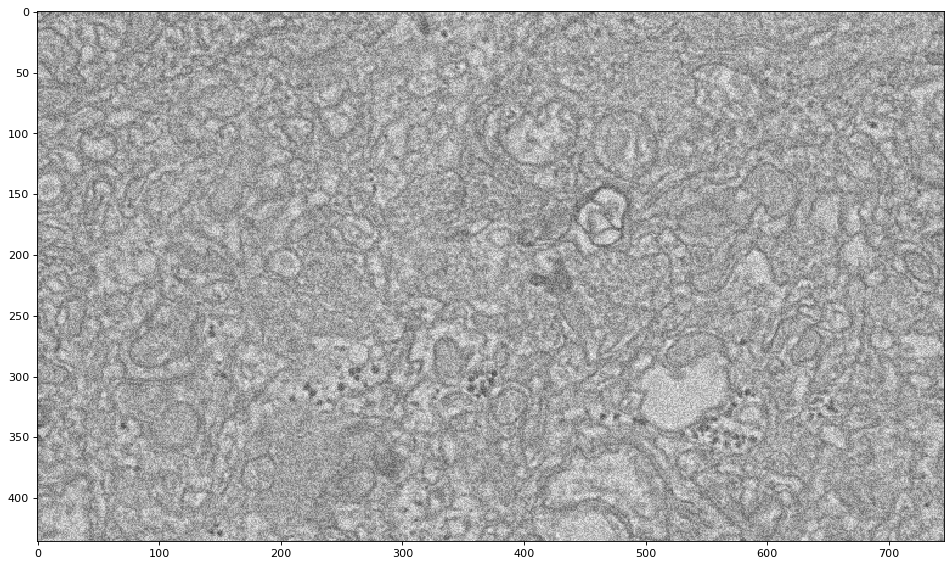from __future__ import print_function
from ipywidgets import interact, interactive, fixed, interact_manual
import ipywidgets as widgets
from skimage.exposure import adjust_log, equalize_adapthist
from skimage.filters import median
def imageProcessing(contrastAmount = 0, medianAmount = 0, logAmount = 0, image = None):
image = image.astype('float32')
image = image/image.max()
contrastAdjusted = equalize_adapthist(image.copy())
image = contrastAmount*contrastAdjusted+(1-contrastAmount)*image
medianAdjusted = median(image.copy())
image = medianAmount*medianAdjusted+(1-medianAmount)*image
logAdjusted = adjust_log(image.copy())
image = logAmount*logAdjusted+(1-logAmount)*image
figure(figsize=(5, 5), dpi=80)
io.imshow(image)
plt.show()
print(tile.shape)
func = lambda contrastAmount, medianAmount, logAmount: imageProcessing(contrastAmount, medianAmount,logAmount, image=tile)
interact(func, contrastAmount=(0,1,.1), medianAmount = (0,1,.1),logAmount = (0,1,.1));

